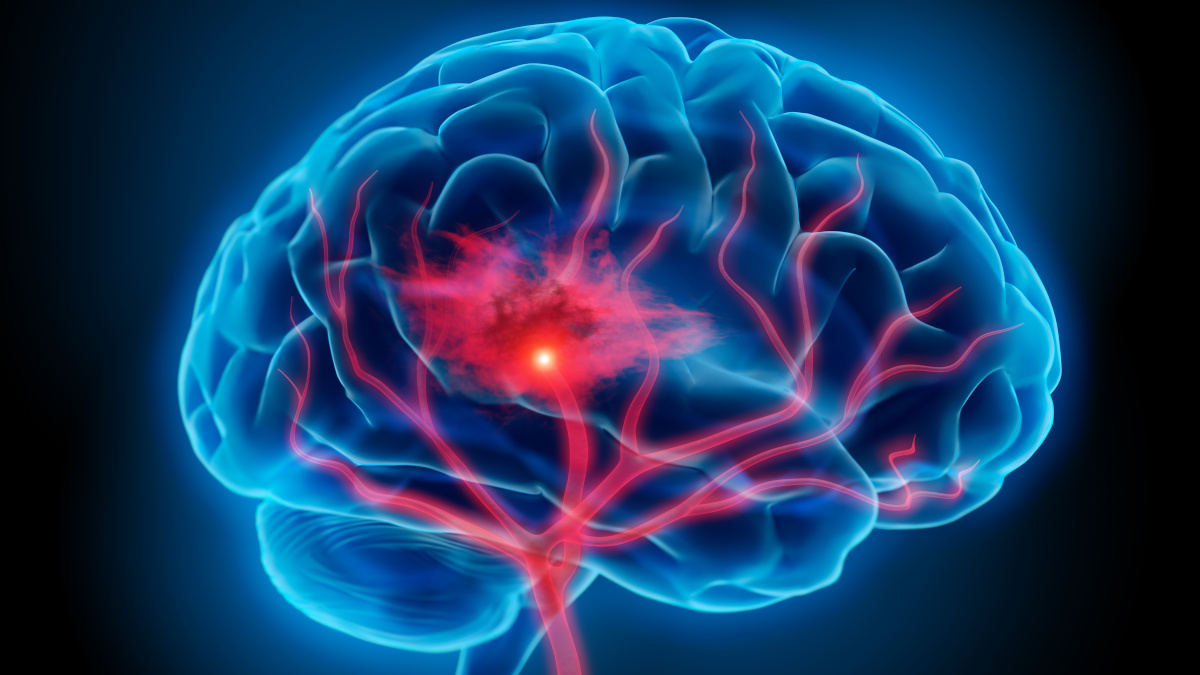
Risk of stroke: 10 identified factors
Scientists have succeeded in quantifying the importance of potentially modifiable risk factors for stroke in various regions of the world. Stroke is a condition which rightly strikes fear into the hearts of most people. Following is a list of these factors, as well as some advice not included in the study.
Unsurprisingly, hypertension, smoking, lack of exercise and excess weight are all risk factors which particularly affect Western populations. In no particular order, here are the 10 factors identified by researchers in the Interstroke study as being collectively associated with almost 90% of the population-attributable risks (PAR) of stroke across the world (1):
- Hypertension
- Lack of physical activity
- Diet
- Excess weight
- Psychosocial factors (depression, stress, anxiety)
- Smoking
- Heart problems
- Alcohol consumption
- Diabetes mellitus
- Ratio of apoliprotein A to apoliprotein B.
It takes just a few minutes
A stroke is a condition in which the blood supply to part of the brain is cut off. It occurs when a blood vessel bursts or is suddenly obstructed by a blood clot. Thousands of cells become deprived of vital oxygen and nutrients. Just a few minutes is all it takes for them to die: and they do not regenerate. The larger the oxygen-deprived area, the greater the risk of significant after-effects. This is why stroke victims suffer difficulties with speech and memory, and varying degrees of paralysis. Only 1 in 10 fully recover.While there is still much to discover about the brain, the good news is it can, to some extent, adapt. When nerve cells receive sufficient stimulation, they can sometimes take over from oxygen-deprived cells.
Prevention is best
Given that it is so difficult to regain 100% of pre-stroke function, prevention is critical. The problem is that stroke is entirely unpredictable. As there are no warning signs, it’s vital to be aware of the 10 risk factors identified by the scientists in this Interstroke study. Public health campaigns repeat the same advice again and again - give up smoking, take up exercise, relearn healthy eating habits and eliminate day to day stress - but all too often, they fall on deaf ears. Sometimes it takes a minor scare – a mini-stroke - for a person to realise just how urgently they need to make changes to their lifestyle. Frequently, however, a stroke occurs out of the blue. Hypertension, a major risk factor but one which produces no visible symptoms, is often responsible.Key role of magnesium in circulation
There is another way of reducing risk of stroke which many people may be unaware of. Scientific research has shown that a diet rich in magnesium, and particularly, potassium, lowers blood pressure and helps prevent stroke (2,3). Potassium is found mainly in nuts, seeds, pulses and dark green leafy vegetables, consumption of which is unfortunately declining … Thus potassium supplementation may represent a good option for stroke prevention. According to the existing literature, around 75 mEq (close to 3.5g) a day is an appropriate dose for lowering your risk(4). For information, a normal adult’s needs vary between 40 and 80 mEq.Most people with a friend or relative who is a stroke victim admit they’re not afraid of dying from a stroke, but of surviving one because of its serious, life-changing consequences. Do we really need to experience stroke directly or indirectly before we grasp the importance of prevention?
SUPERSMART ADVICE
References
- O’Donnell MJ, Chin SL, Rangarajan S, et al. Global and regional effects of potentially modifiable risk factors associated with acute stroke in 32 countries (INTERSTROKE): a case-control study. The Lancet, 2016. Doi: 10.1016/S0140-6736(16)30506-2.
- Ding EL, Mozaffarian D. Optimal dietary habits for the prevention of stroke. Semin Neurol. 2006 Feb;26(1):11-23. Review.
- McCarron DA, Reusser ME. Are low intakes of calcium and potassium important causes of cardiovascular disease? Am J Hypertens 2001;14:206S-12S.
- Gennaro A. Remington: The Science and Practice of Pharmacy. 19th ed. Lippincott: Williams & Wilkins, 1996
Keywords
1 Days
Great service
Great service items dispatched straight away and arrived on time
M***** G***
5 Days
A good webshop for supplements
A good webshop for supplements, it has a large selection of them and considering the quality, the pricing offers good value for money. The ordering process is easy and the products are sent straight away.
Maurice
6 Days
Great quality
Products are of great quality and fast delivered.
Fred Laan
8 Days
SuperSmart destaca por la calidad de…
SuperSmart destaca por la calidad de sus productos.
GONZALEZ PALACIN Luis
8 Days
snelle levering,perfect product.
snelle levering,perfect product.
robert
9 Days
Been a customer for over 15 years and…
Been a customer for over 15 years and find their products along with the service excellent. I recommend Super Smart to all my friends.
Del Chandler
9 Days
Excellent product and service
The product was excellent and so were the delivery and the service
F. Ferlitz
12 Days
Never an issue ordering
Never an issue ordering. Simple and to the point. And product always comes the following day. Quality is great too!
Andrea
13 Days
Excellente service & products with rare…
Excellente service & products with rare revelation supplements I love ❤️
Giovanna Escalera
14 Days
Fast shipping
Fast shipping, products as ordered!
Coindozer
14 Days
The item arrived on time and is what…
The item arrived on time and is what was stated in the order.
HARDY Chris
17 Days
Very good products
Very good products. Very reliable. Quick delivery.
MIFSUD Joseph
21 Days
Fast shipping
Fast shipping, good products (just shipping costs to my country are extremely high).
Tanja Matko
21 Days
Many thanks.
Many thanks.
Alan
22 Days
Quick delivery and good product
Quick delivery and good product
cl

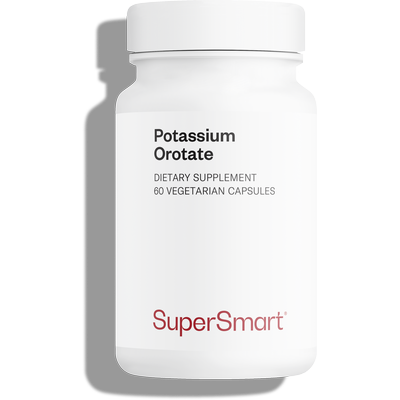
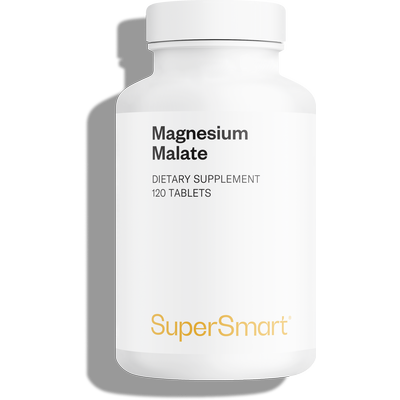
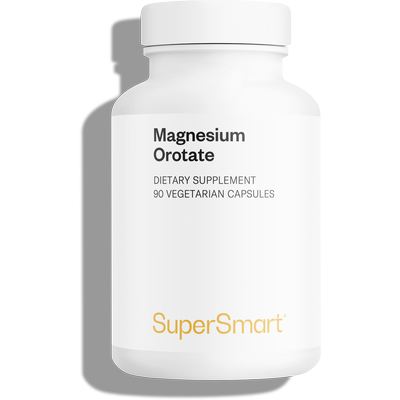
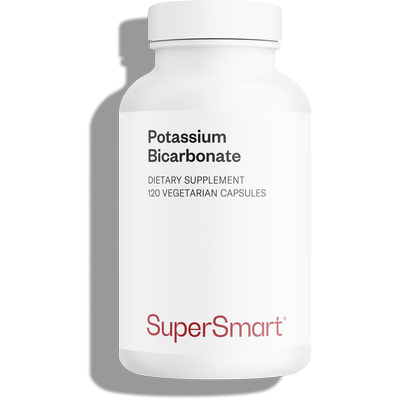
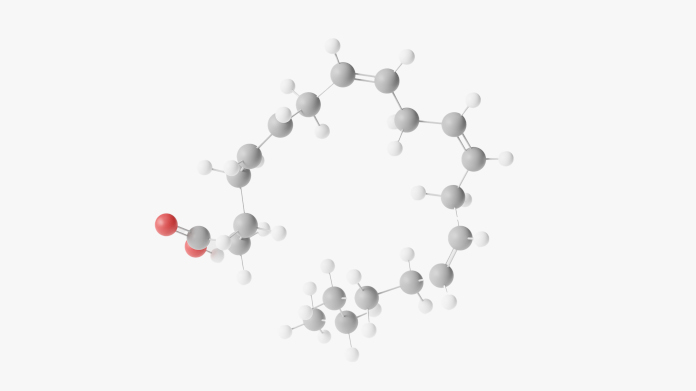
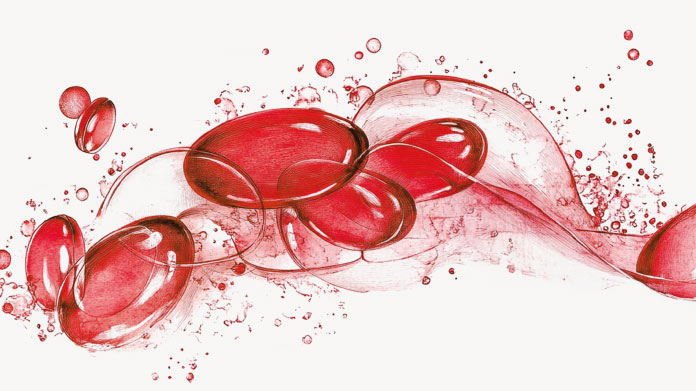
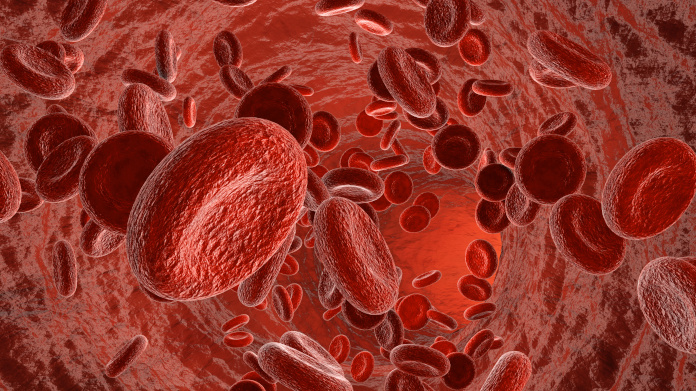
Ramin H.
17/11/2022
Thanks for the article!